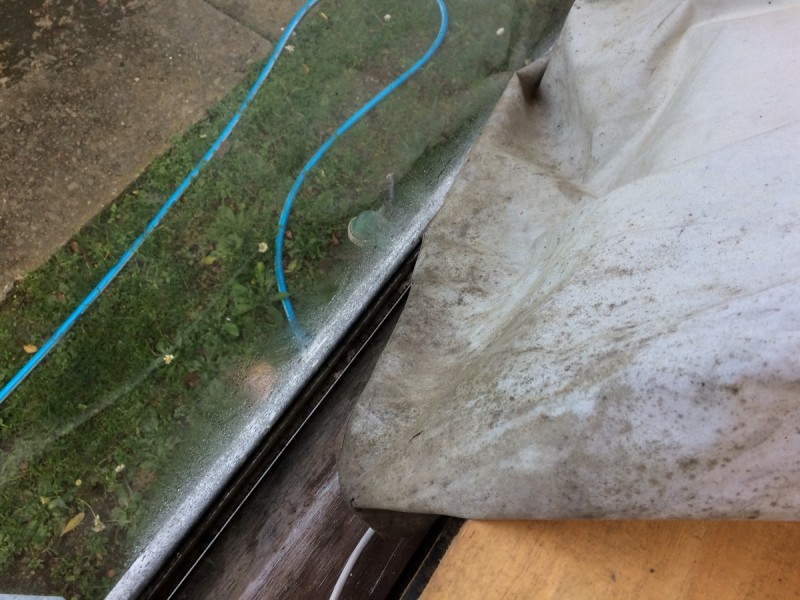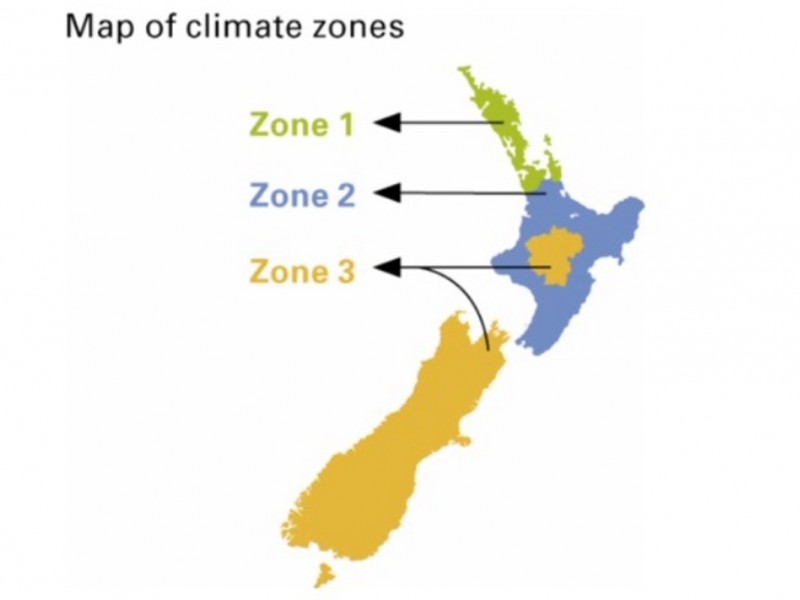The problem with the current building code is that these are minimum requirements and not ‘best practice’ requirements, resulting in some new homes having inadequate insulation.
Hector Matthews explained that here in Christchurch, we had an opportunity to start again, post quake. Building codes were changed, but only in terms of construction and stability - changes had nothing to do with insulation. “If we had a policy that said every single new house had to be double glazed, sufficiently heated and fully insulated with high R values, we would have changed our risks around health in homes for decades to come.”
The costs for changing the New Zealand building code “doesn't come cheap,” Hector Matthews says. He believes the government has continually ignored it and "prefers not to pass that cost onto the building and construction industry, leaving it up to individuals to make the call on insulation."
Now that rental properties need to be properly insulated by July 2019 landlords are urged to be proactive.
The Green Party also feel that the government isn't doing enough. Political and Media advisor Francisco Hernandez states,
“What the Green Party would love to see is a housing warrant of fitness on houses to ensure that all homes are safe, warm and healthy for all New Zealanders. We also want to see more effective enforcement of existing regulation - landlords are required to upgrade their buildings with insulation now, but the Government isn’t actually doing much to ensure compliance.”
However, not all landlords are averse to the new regulations. Chief Executive of the New Zealand Property Investors Federation, Andrew King said they did a study of their members and 92% of their properties were already insulated.” Despite this, he still understands the extent of the cold and damp housing problem in New Zealand.
CEA believes that pointing the finger fixes no problems. They are aware that lack of knowledge also plays part of this nationwide issue.



